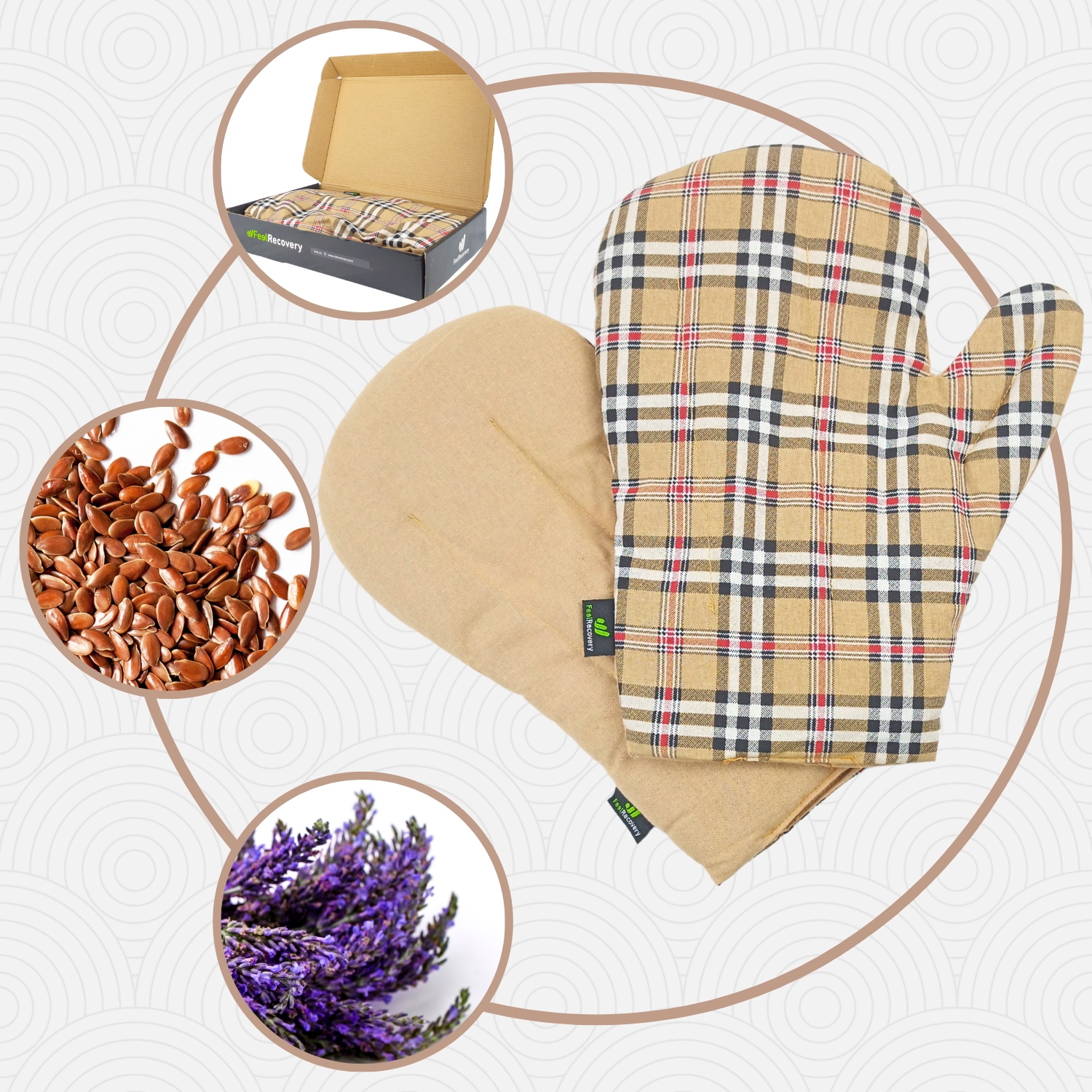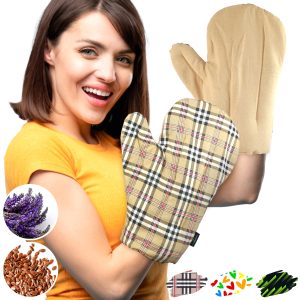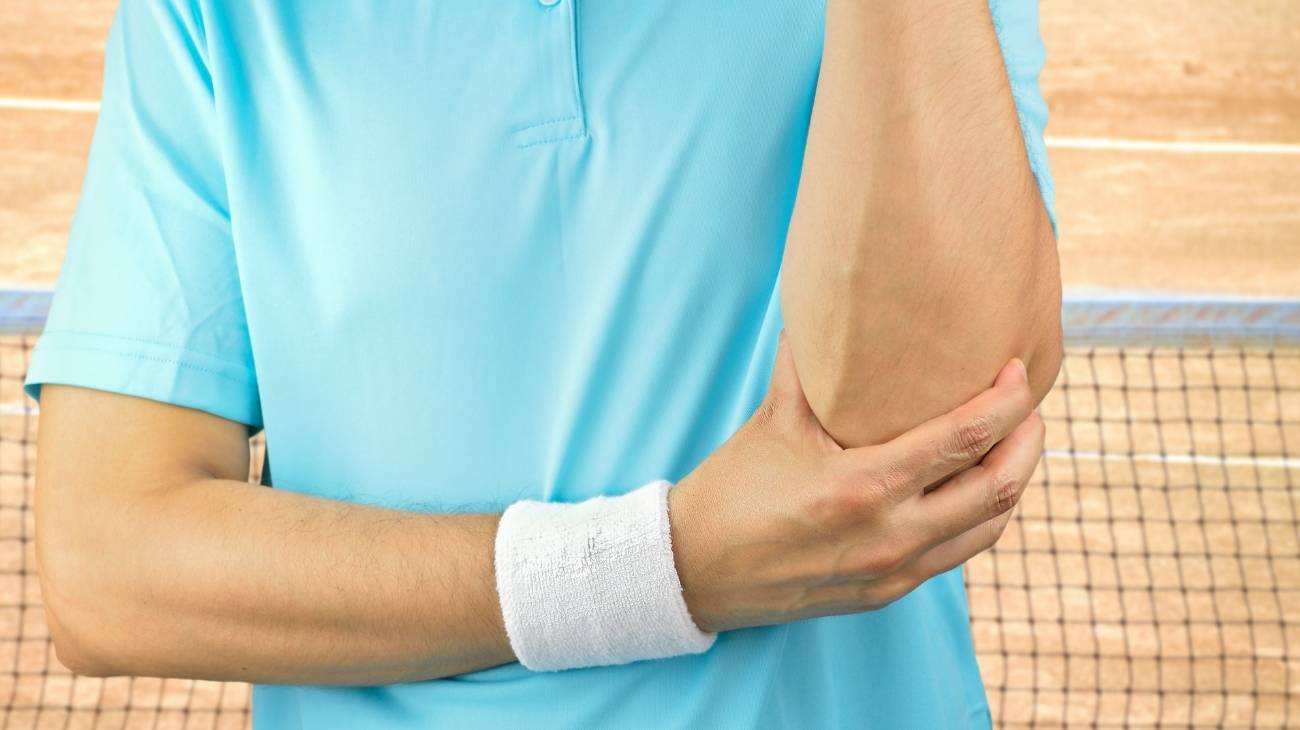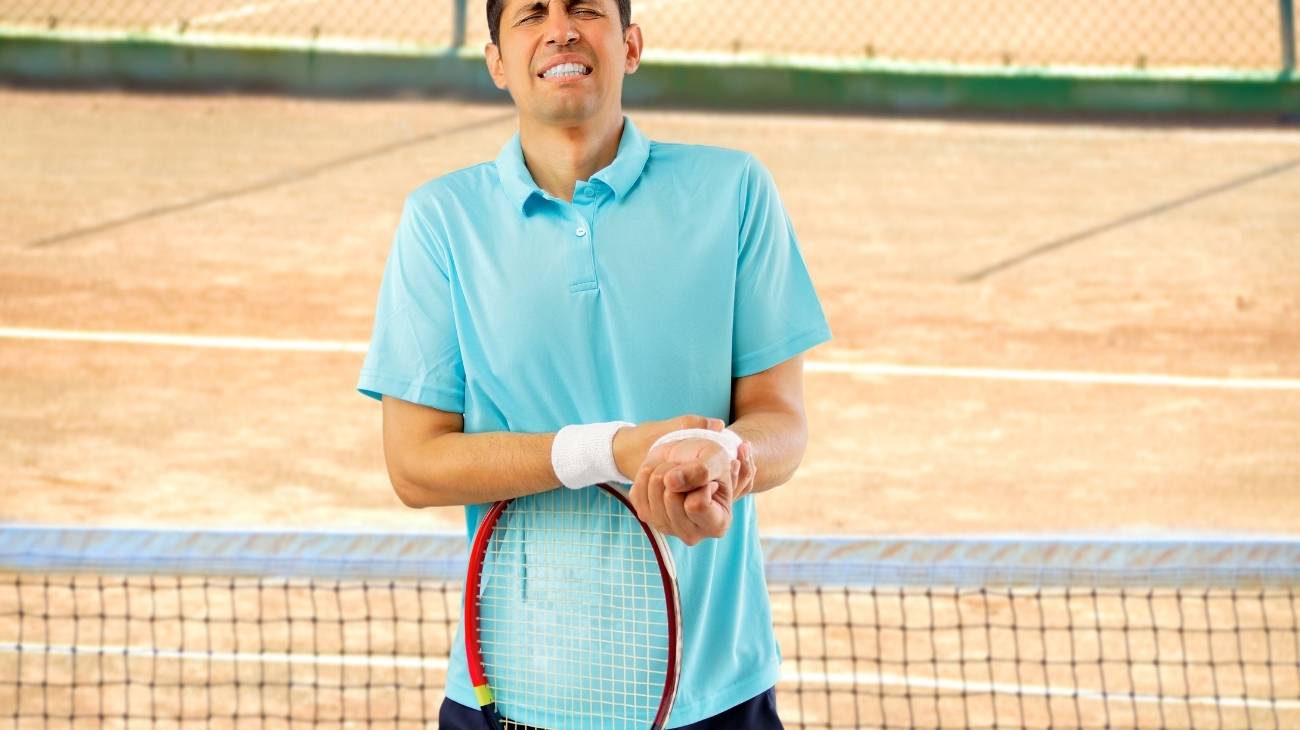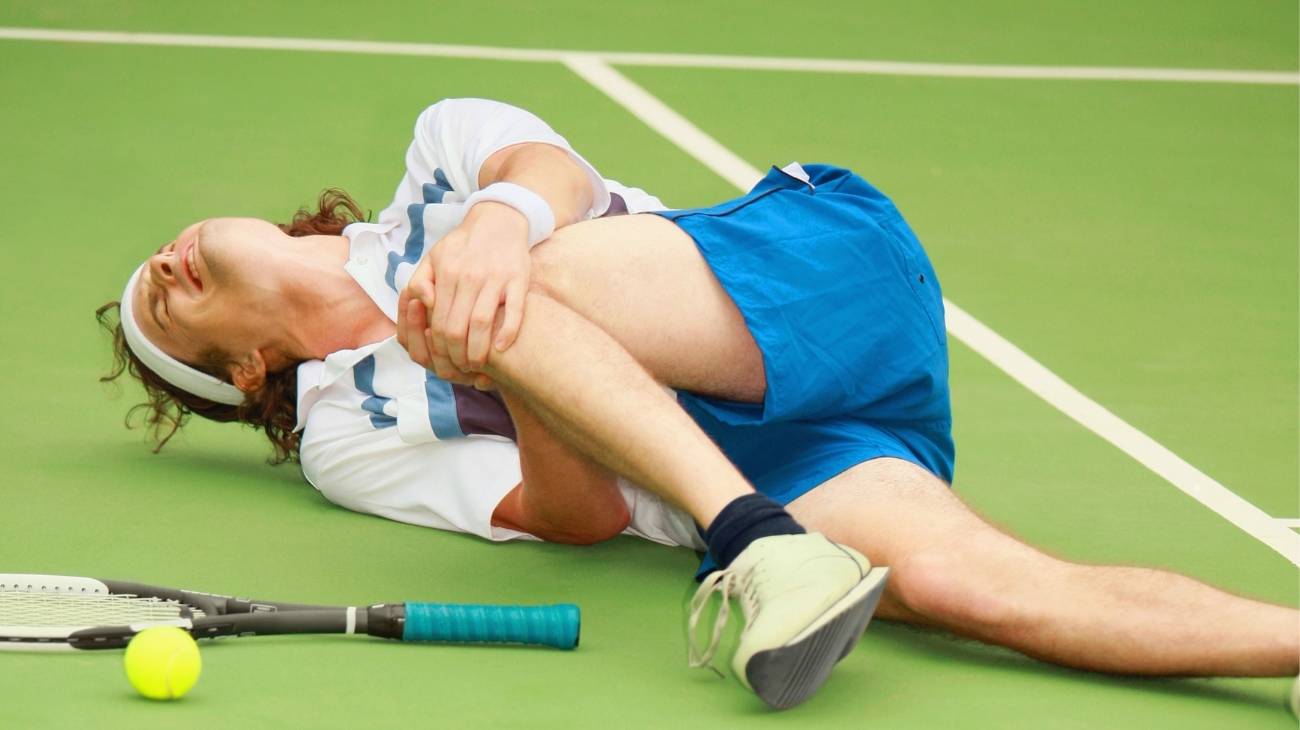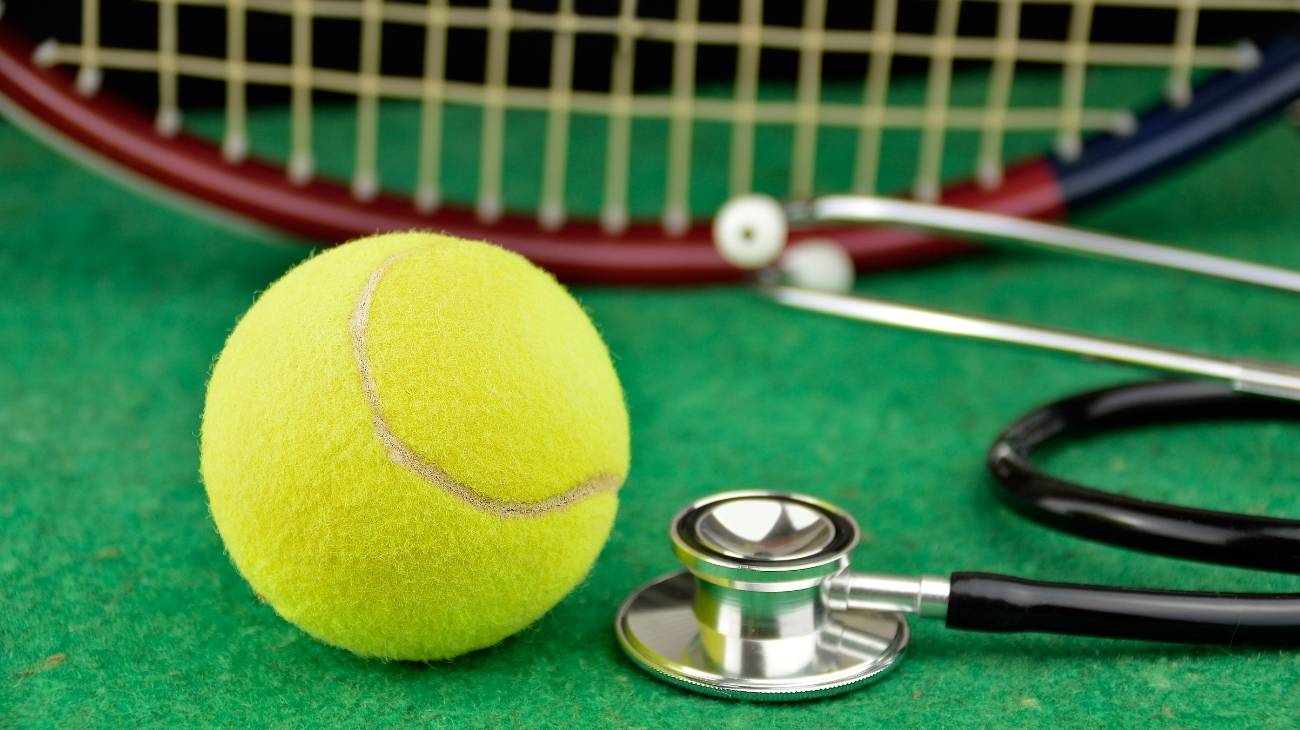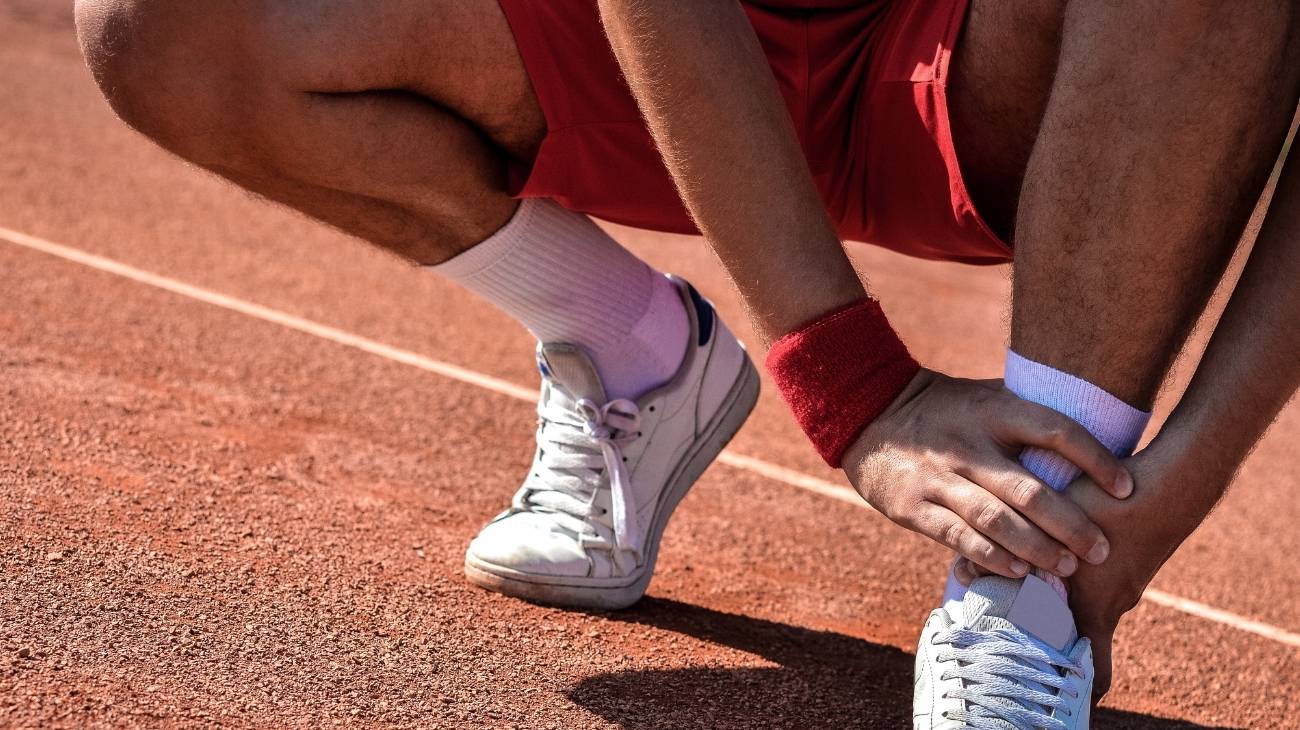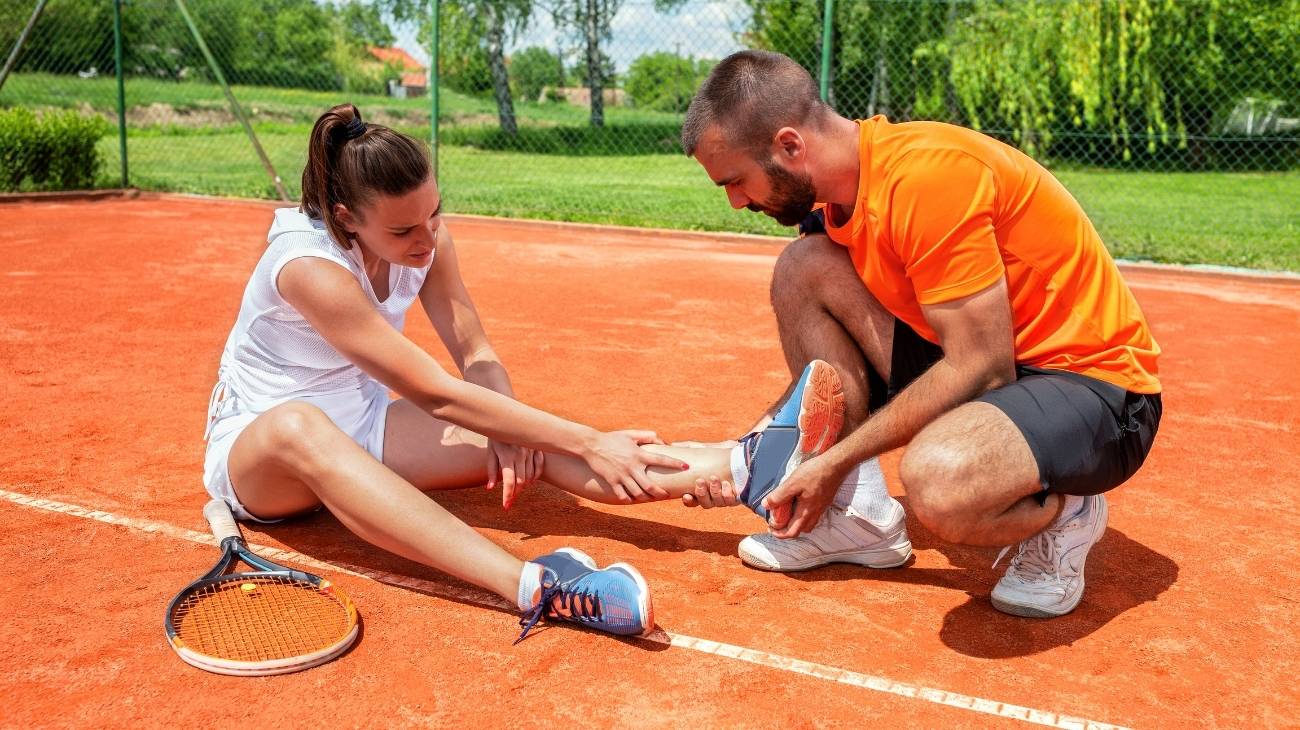Tennis is considered the most popular racket sport, with at least 18 million people practicing it in the US alone. Unfortunately there are certain pathologies that usually affect tennis players. We highlight the sports injuries of hands and wrists in tennis, which we will talk about in this post.
If you read it you will discover which are the common pathologies of wrist and hand in tennis players, what they consist of and why they are produced. In addition, you will learn how to apply the ideal PRICE protocol for this type of injury and you will learn about some products indicated for the treatment of these injuries. Let's go!
What are the most common types of hand and wrist injuries when we play tennis?
There are different hand and wrist pathologies common to tennis. Most of the time, these result from repetitive movements made when hitting the racket. This is mainly due to specific traumatic events.
In general, these injuries affect tendons, ligaments, bones and nerves of the hand and wrist. Fortunately, these pathologies have been well studied, and although they are very common in tennis players, they also occur in other types of patients frequently.
The most common hand and wrist injuries when we play tennis are:
Extensor Carpal Extensor Tendon (ECU) Injury
Tennis players often suffer from disorders of the carpal ulnar extensor tendon (ECU), tendinitis and tenosynovitis. The latter two often cause pain, snapping and swelling over the ECU tendon, worsening with wrist flexion, ulnar deviation and supination.
In more severe injuries, tendon rupture may also occur. If the latter breaks or detaches itself from the ulna, it is possible for the ECU tendon to subluxate over the ulnar border.
On the one hand, a right-hand strike (especially when a top-spin occurs) can lead to excessive ulnar deviation. This puts the integrity of the ECU tendon at risk. On the other hand, performing the two-handed backhand stroke can generate eccentric contraction of the ECU muscle. This can cause injury to this tendon, especially in the non-dominant hand.
Quervain's tenosynovitis
Also called Quervain's syndrome, it is a tenosynovitis that affects the tendons at the base of the thumb within the first dorsal compartment of the carpus. In particular, this pathology leads to inflammation of the peritendinous tissues of the long abductor tendon of the thumb (LAT) and the short extensor tendon of the thumb (STE).
It is usually generated by excessive use of the wrist and is common in racquet sports such as tennis. Patients with this injury suffer from pain at the base of the thumb and the radial area of the wrist, especially at the level of the styloid process of the radius. Other symptoms are: swelling, weakness and difficulty in moving the thumb.
Intersection syndrome
This is a tenosynovitis generated in the intersection area where the first dorsal compartment (APL and EPB) and the second dorsal compartment (ECRB and ECRL) of the wrist cross. This syndrome is believed to be generated by repetitive friction between the tendons of these compartments just above the intersection. This friction occurs when performing wrist movements (especially flexion and extension) such as those involved in using a tennis racket.
This injury generates pain right at the intersection (4 cm above the wrist). Also, there is swelling and erythema in the same area. It should be noted that although inflammation is seen in the muscular bellies of the APL and EPB, the main cause of the pain is suspected to be tenosynovitis in the tendons of the ECRB and ECRL.
Capsulitis in fingers
Tennis players often suffer from capsulitis of the fingers. This disease consists of inflammation of the joint capsule of the fingers. Such injury can be generated by impacts from the successive use of rackets and balls as well as from falls or other traumatic events.
Patients with this pathology present torpid pain in the fingers that can extend for months, associated with inflammation of the joint capsule. These symptoms in turn lead to stiffness or reduced mobility in the affected area.
Bone fractures in the hand and wrist
In general, bone fractures consist of the breaking or shattering of a bone. Tennis players can present them in hand and wrist due to strong impacts, efforts or falls. Also, they can suffer very small cracks in the bones caused by excessive use, known as stress fracture.
Tennis players frequently suffer these breaks in: radius (Colles' fracture), scaphoid, hook (hook fracture). The symptoms associated with these injuries are: intense pain, deformity, bleeding, cracking and inability to move. Treatment requires medical assessment and immobilisation of the affected area.
Carpal tunnel syndrome
The carpal tunnel is a channel formed by bones and ligament located in the wrist, through which the flexor tendons of the fingers and the median nerve pass. When the space inside this cavity decreases, the median nerve is pressed or pinched, giving rise to carpal tunnel syndrome. Repetitive hand and wrist movements, such as those made with a racket, are risk factors for this disease.
The symptoms associated with this syndrome are pain, numbness, tingling and weakness in the hand and forearm. At an early stage its treatment is simple and consists of measures such as immobilization of the wrist or injection of steroids. However, in the worst case scenario surgery may be required.
Tear of the triangular fibrocartilage complex
The triangular fibrocartilage complex (TFCC) is a structure located in the ulnar area of the wrist that provides stability and transmits load. Cubital deviation, grip and pronation related to the swing of a racket stress the TFCC. Therefore, tennis players are prone to tears in this complex.
Tears on the TFCC can be of traumatic or degenerative origin. They produce ulnar wrist pain that worsens when performing loading and rotating movements. Also, weakness in grip, click and instability may occur.
Best products for the recovery of hand and wrist injuries in tennis
Bestseller
-
2 Mittens: Microwave Arthritis Gloves (Hearts)
£24,95 -
2 Mittens: Microwave Arthritis Gloves (Oxford)
£24,95 -
Foot Massage Roller for Plantar Fasciitis (Black)
£20,95 -
Foot Massage Roller for Plantar Fasciitis (Green)
£20,95 -
Foot Massage Roller for Plantar Fasciitis (Pink)
£20,95 -
Microwaveable Wheat Bag for Pain Relief (Hearts)
£20,95 -
Microwaveable Wheat Bag for Pain Relief (Oxford)
£20,95 -
Microwaveable Wheat Bag for Pain Relief (Sport)
£20,95
How to apply RICE therapy to treat wrist and hand injuries in tennis players?
RICE therapy is a medical protocol designed for the treatment of injuries. Its name is an acronym formed by the initials of the steps to be followed. It is one of the most simple and effective protocols used for recovery after an injury. However, there are other therapies such as PRICE which is actually an update of RICE. The PRICE protocol includes a new step: protection.
The steps in the PRICE protocol are explained in detail below:
- Protection: This first step consists of protecting the affected area. This involves stopping sporting activity and movements that could make the injury worse. At this stage it is recommended that an immobiliser (slings, joint supports or braces) be fitted.
- Rest: In this step the affected area should be kept at rest, avoiding the usual movements that generate too much effort. However, movements that do not compromise the integrity of the patient should be made to avoid stiffness. Generally, this rest should last 48 hours.
- Ice: In this step, cryotherapy should be applied to the lesion to reduce inflammation and pain. To do it properly you should use cold compresses or cold gel bags with a temperature between 10 and 20 °C. You should place them on the affected area for a maximum of 20 minutes (a longer time can be harmful) about 6 or 8 times a day.
- Compression: Adequate compression of the lesion provides stability and firmness while promoting the return of blood to the heart and reducing inflammation. At this stage, a tight bandage can be made, but one that allows circulation. It is recommended to use an elastic fabric that allows safe movements, remember that generally the area should not be totally immobilized.
- Elevation: Elevation of the injured area contributes to the decrease of inflammation and pain. At this stage you should only place the affected area at a level above the heart. This should preferably be done during rest periods by supporting the affected area on a pillow or other similar surface.
References
- Gil, J. A., & Kakar, S. (2019). Hand and wrist injuries in tennis players. Current reviews in musculoskeletal medicine, 12, 87-97. https://link.springer.com/article/10.1007/s12178-019-09550-w
- Tagliafico, A. S., Ameri, P., Michaud, J., Derchi, L. E., Sormani, M. P., & Martinoli, C. (2009). Wrist injuries in nonprofessional tennis players: relationships with different grips. The American journal of sports medicine, 37(4), 760-767. https://journals.sagepub.com/doi/abs/10.1177/0363546508328112
- Stuelcken, M., Mellifont, D., Gorman, A., & Sayers, M. (2017). Wrist injuries in tennis players: a narrative review. Sports medicine, 47, 857-868. https://link.springer.com/article/10.1007/s40279-016-0630-x
- Rettig, A. C. (1998). Epidemiology of hand and wrist injuries in sports. Clinics in sports medicine, 17(3), 401-406. https://www.sciencedirect.com/science/article/abs/pii/S0278591905700922
- Lee, J. H., Oh, J. S., & Kim, M. H. (2020). Effect of Deep Friction Massage with Taping Technique on Strength, Pain, Function and Wrist Extensor Muscle Activity in Patient with Tennis Elbow. Journal of Musculoskeletal Science and Technology, 4(2), 76-83. https://www.jkema.org/archive/view_article?pid=jkema-4-2-76
- Abrams, G. D., Renstrom, P. A., & Safran, M. R. (2012). Epidemiology of musculoskeletal injury in the tennis player. British journal of sports medicine, 46(7), 492-498. https://bjsm.bmj.com/content/46/7/492.short
- Chandler, T. J. (1995). Exercise training for tennis. Clinics in sports medicine, 14(1), 33-46. https://europepmc.org/article/med/7712556
- Nirschl, R. P. (1988). Prevention and treatment of elbow and shoulder injuries in the tennis player. Clinics in Sports Medicine, 7(2), 289-308. https://www.sciencedirect.com/science/article/abs/pii/S0278591920309364
- Eygendaal, D., Rahussen, F. T. G., & Diercks, R. L. (2007). Biomechanics of the elbow joint in tennis players and relation to pathology. British journal of sports medicine, 41(11), 820-823. https://bjsm.bmj.com/content/41/11/820.short
- Perkins, R. H., & Davis, D. (2006). Musculoskeletal injuries in tennis. Physical Medicine and Rehabilitation Clinics, 17(3), 609-631. https://www.pmr.theclinics.com/article/S1047-9651(06)00031-3/fulltext




